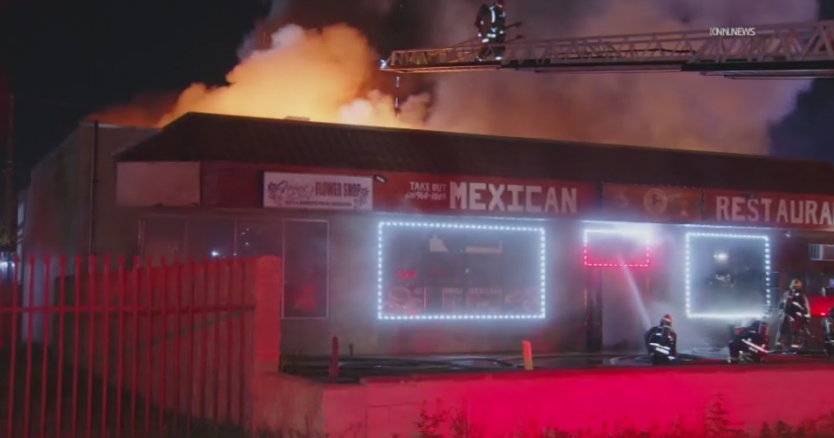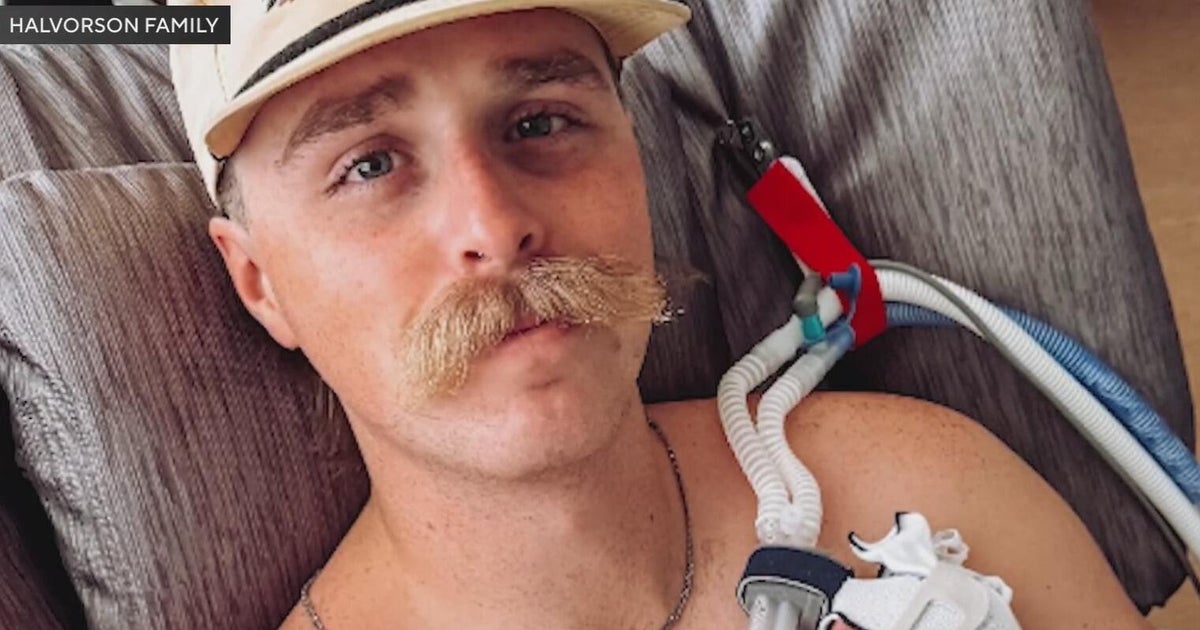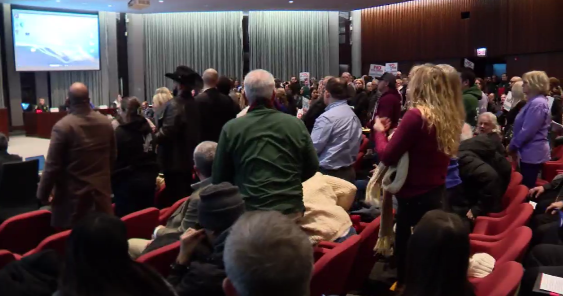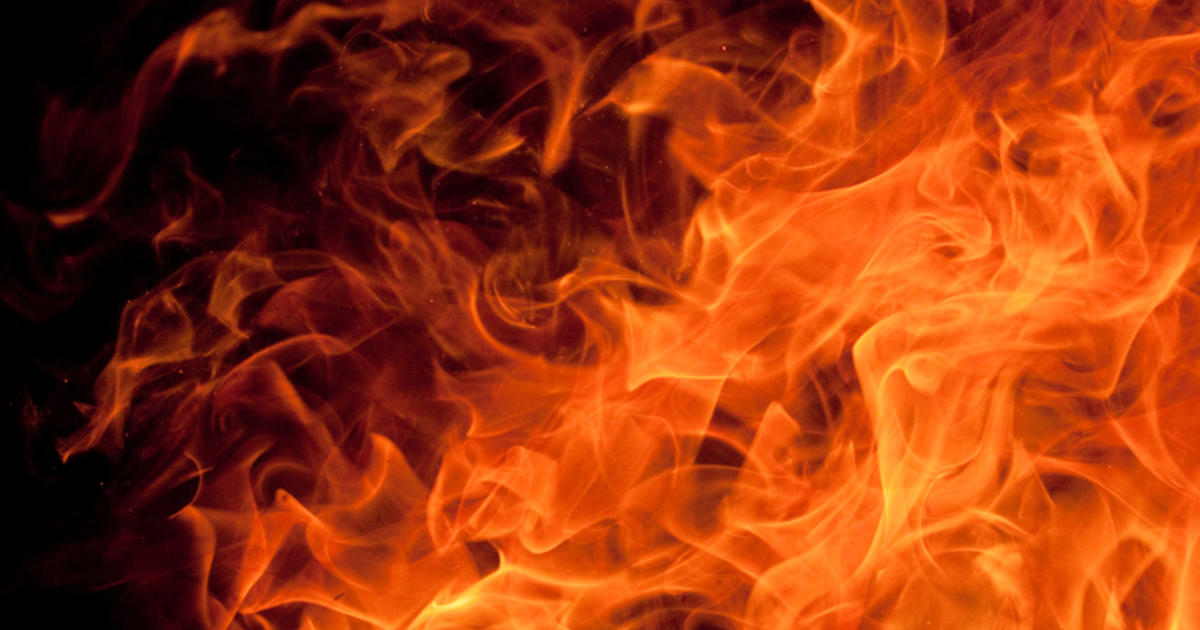Massive prescribed burn in Larimer County expected to help prevent wildfires for 10 years
Smoke and flames from a prescribed burn near Red Feather Lakes may be visible from as far away as Greeley for the next two weeks as the U.S. Forest Service works to combat future wildfires. The "Magic Feather Prescribed Burn" is expected to last for nearly two weeks while crews try and mitigate future fire concerns.
The fire will be taking place largely on USFS land, but some local land owners have also welcomed fire crews to work through their land as well.
Those with the USFS and other watershed entities teamed together to try and educate locals on their work before lighting the first fire.
"I was concerned. I wanted to learn more about what they are doing to lower the risk of that happening," said Carmel Mawle, a longtime resident of the Crystal Lakes neighborhood.
Mawle was one of dozens who attended a walk through of the burn area that provided an unfiltered opportunity to ask questions about the fire and what goes into managing such a project safely.
Mawle said she was initially fearful of the fire potentially getting out of control like the controlled burn that charred hundreds of thousands of acres in New Mexico in 2022.
And after living through a close call with the Cameron Peak Fire, Colorado's largest wildfire on record that burned 208,000 acres in 2020, Mawle said she wanted to be fully understanding of the prescribed burn before it started.
"We know (large fires) can and will happen. We need to educate ourselves to be prepared and lower the risks where we can," Mawle said.
Charlie Reynar with the USFS said it was important to engage with the community before the fire started so that they could not only provide feedback but also learn about what measures are taken to assure risks of the fire spreading beyond control are minimal.
"It is important people understand what we are doing and why we are doing it," Reynar said. "These burns are implemented for community protection, watershed protection to reduce hazard fuels out here and improve the health of the wildlife and forest. It gives us a line in the sand."
Some residents on the tour asked about how many engines and personelle would be working the burn. Others asked what days they could expect the burn to be taking place closer to their home.
Every question fielded was answered by a team of experts.
Those planning the burn said they have gone through and made sure wildlife commonly in mating season during the spring do not have nests or other habitats set up in the area of this burn.
Other animals with nests or dens in the area are identified and fire managers are instructed to direct the flames away from those places.
It'ss expected that native grasses and weeds from the area burned could start growing back in days or weeks.
The flames and smoke should lay relatively low to the ground throughout the burn, unlike a wildfire where many of the flames can reach to the top of the trees.
Firefighters say the burn can not only work as a blockade for future fires, but it can also serve as a place to get ahead of a wildfire and burn backward to built an even larger buffer during an emergency.
If everything goes to plan this burn should help prevent wildfires from passing through the area with ease for at least a decade.
Those who attended the tour, like Mawle, said they left the event with a greater appreciation and understanding for the work as well as more confidence in the safety of the burn.
"I've learned from this process how important the fires are," Mawle said. "I was very reassured to hear they have twice the resources now. It seems they have a really solid plan to keep our community safe."








